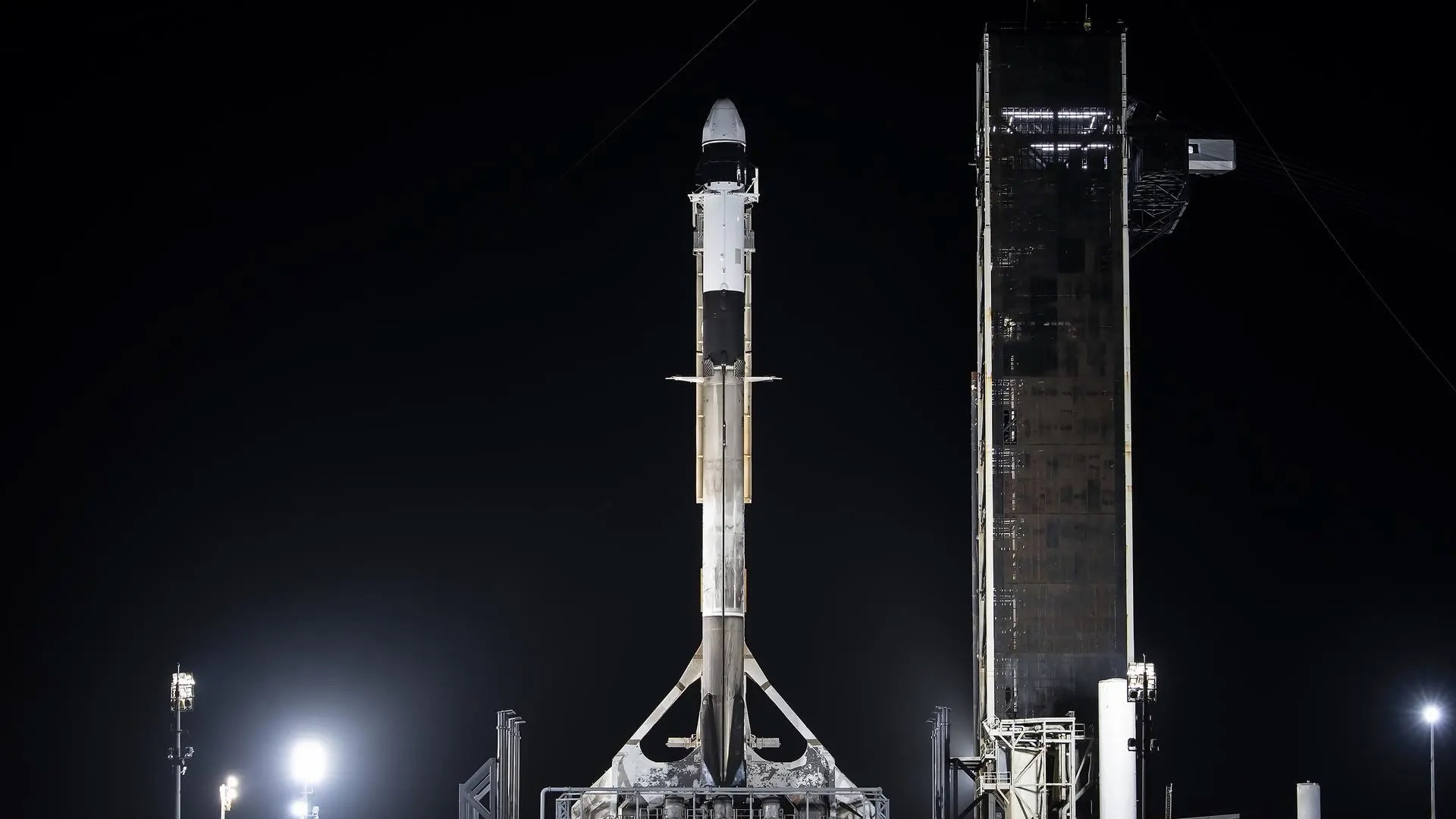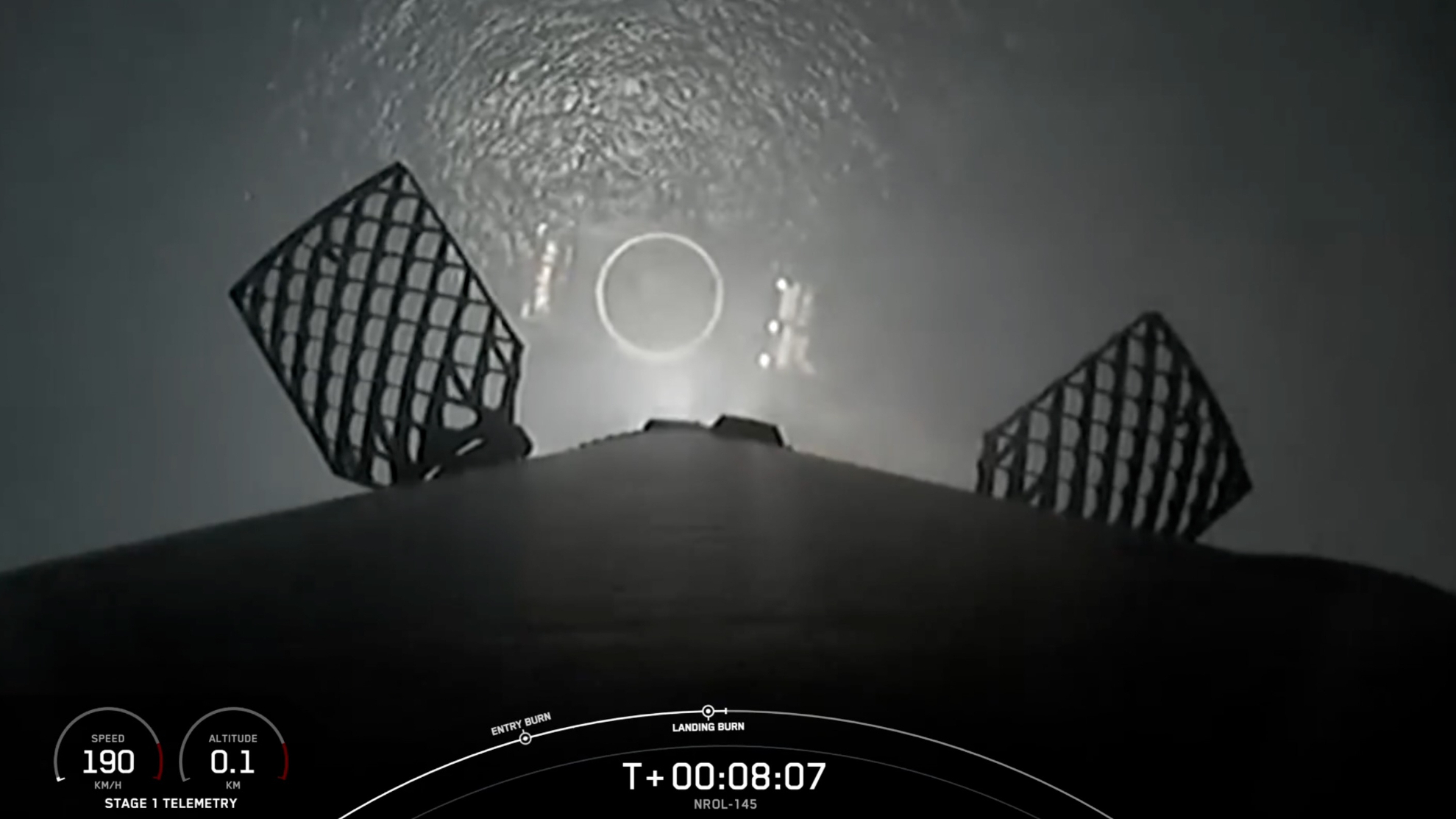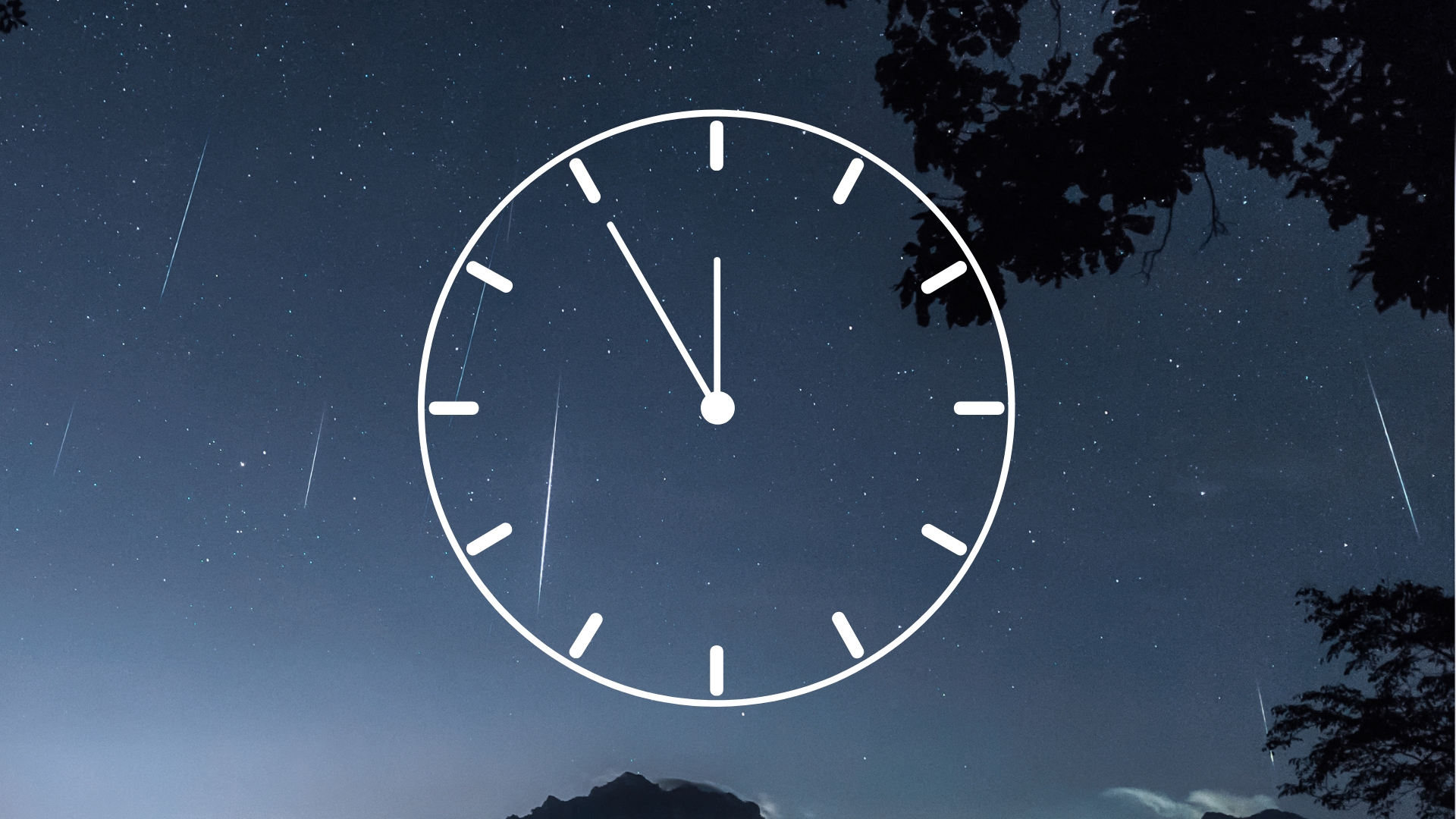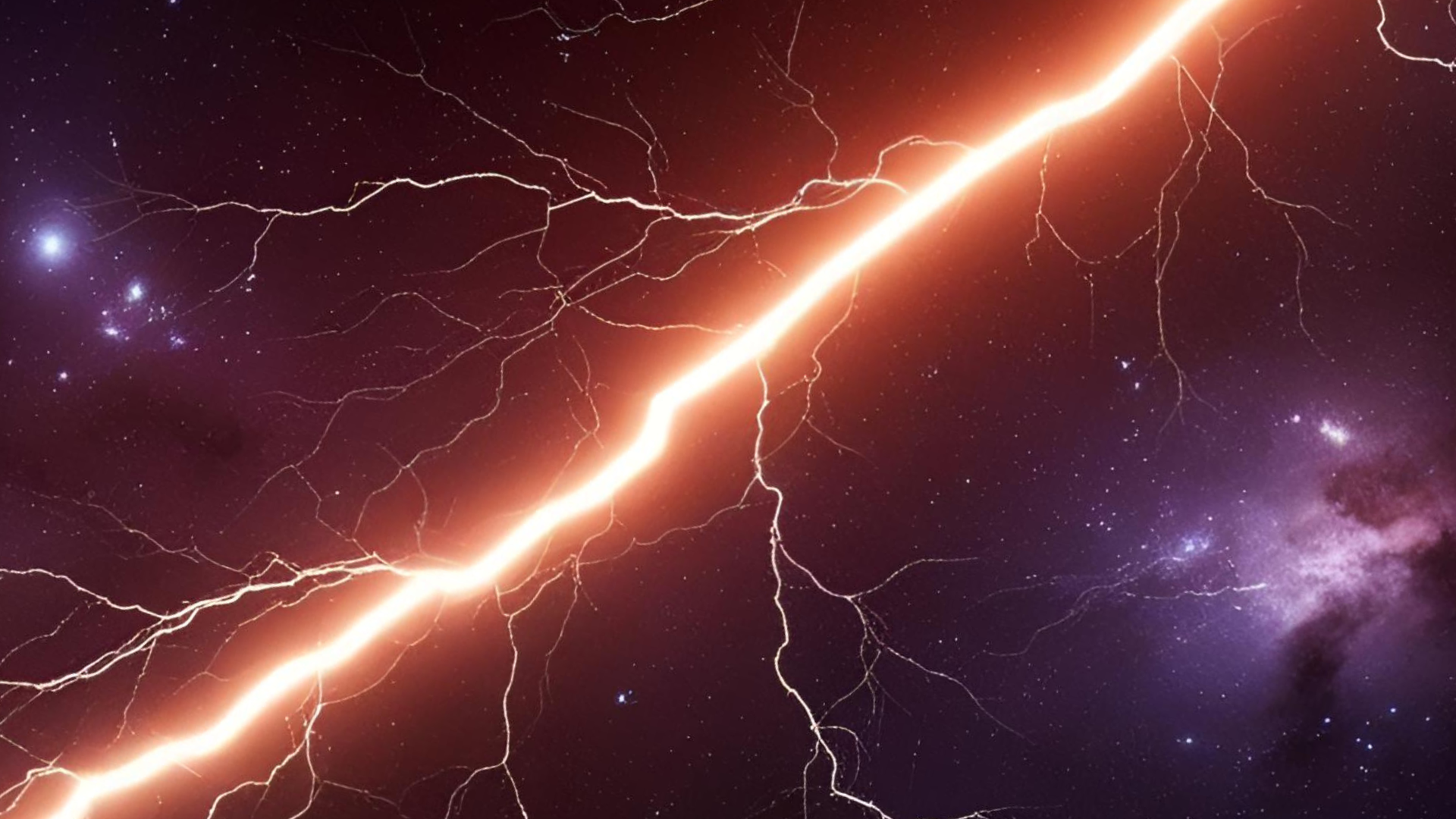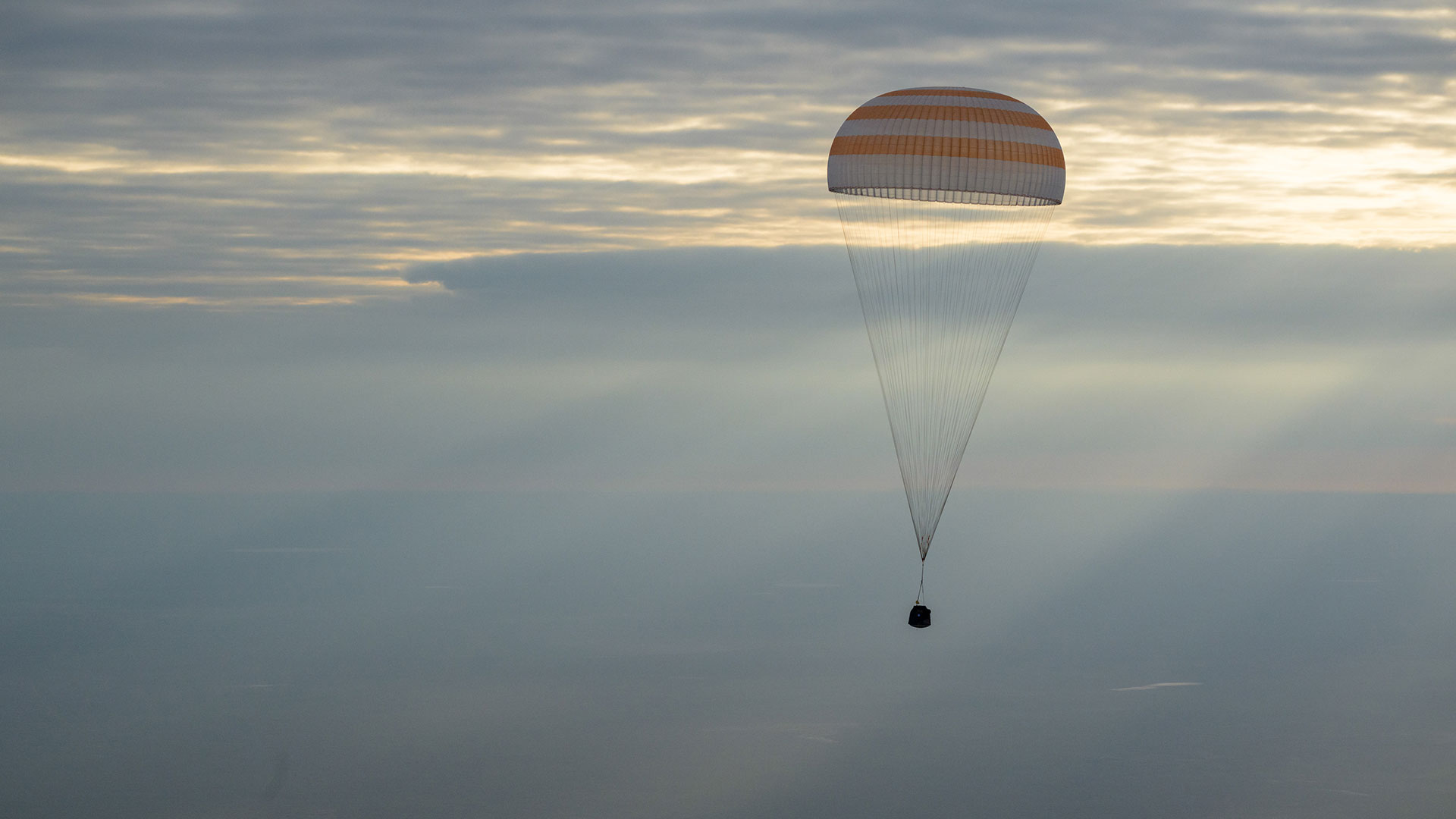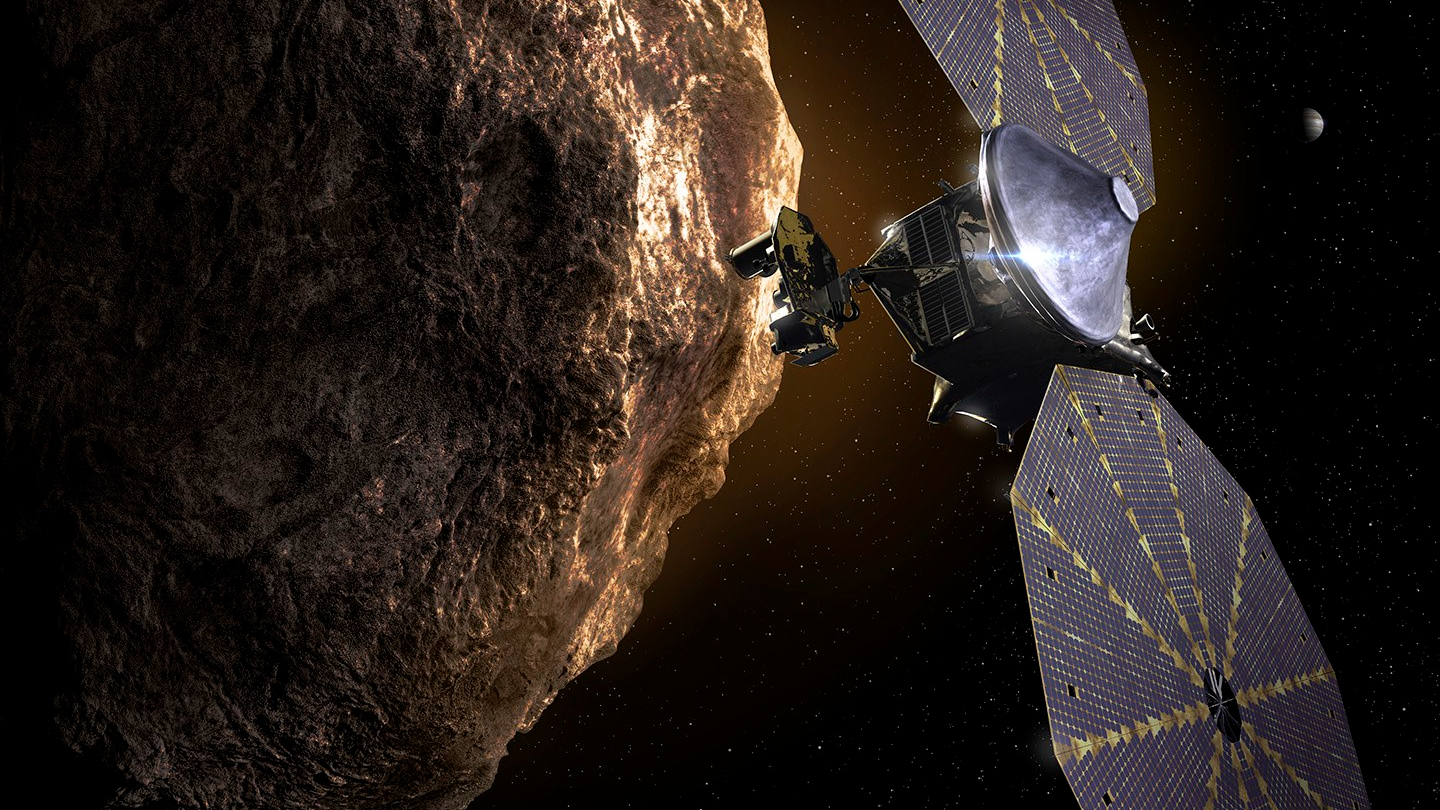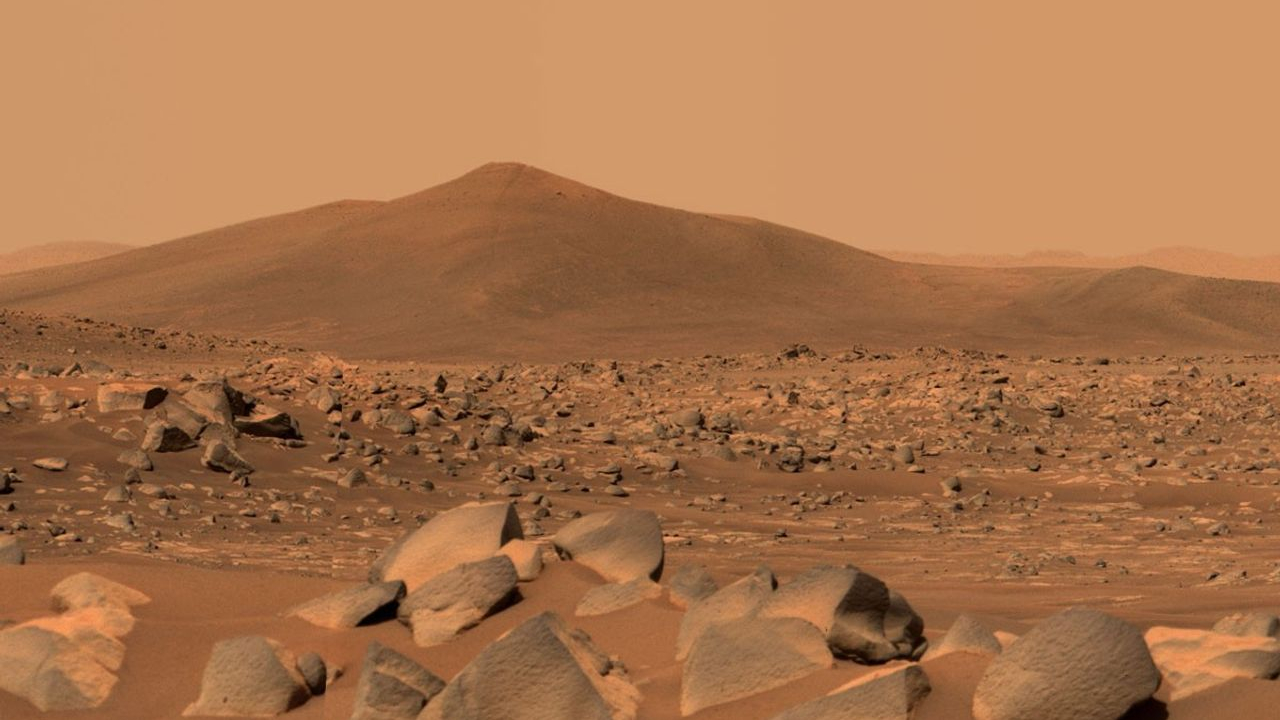Fireball Explodes Over Greenland Near US Military Base

Lat month, a fiery meteor was detected in Greenland close to a U.S. Air Force base with 2.1 kilotons of force, as reported by scientists on Twitter.
On July 25, an object moving at about 15 miles/second (24.4 kilometers/second), or 54,000 mph (87,000 km/h), was identified near Thule Air Base. The U.S. Air Force did not immediately report the event or respond to the crash, according to The Aviationist. However, Air Force spokeswoman Capt. Hope Cronin said in an email to Military.com that no one was injured and that the meteor didn't affect or harm any activity at the base.
Though concerning, the object had a relatively small effect. "By comparison, the 2013 meteor over Chelyabinsk, Russia released over 200 times the energy of the Greenland meteor," JoAnna Wendel, a NASA spokeswoman, said in the report by Military.com. NASA's Jet Propulsion Laboratory (JPL) confirmed the object's speed, though the actual size of the meteor remains unknown. It was also reported that the object was about 27 miles (43 km) north of Thule Air Base.
Hans Kristensen, director of the Nuclear Information Project for the Federation of American Scientists, and Ron Baalke of JPL, also known as "Rocket Ron," a "Space Explorer at the Jet Propulsion Laboratory" on Twitter, have discussed the impact on Twitter. Baalke reported the event, while Kristensen added that the event did not seem to be any sort of attack.
Lisa Guerriero, the founder of datastro.eu, an astronomy data portal, shared JPL's data from the impact in a following tweet.
It is not uncommon for small asteroids to enter Earth's atmosphere and turn into bolides, or fireballs, according to data from NASA's Near-Earth Object program. "Meteors of this magnitude or greater, caused by the impact of small asteroids (a few meters in size) with Earth's atmosphere, occur a few times a year," Wendel said.
Email Chelsea Gohd at cgohd@space.com or follow her @chelsea_gohd. Follow us @Spacedotcom, Facebook and Google+. Original article on Space.com.
Get the Space.com Newsletter
Breaking space news, the latest updates on rocket launches, skywatching events and more!
Join our Space Forums to keep talking space on the latest missions, night sky and more! And if you have a news tip, correction or comment, let us know at: community@space.com.

Chelsea “Foxanne” Gohd joined Space.com in 2018 and is now a Senior Writer, writing about everything from climate change to planetary science and human spaceflight in both articles and on-camera in videos. With a degree in Public Health and biological sciences, Chelsea has written and worked for institutions including the American Museum of Natural History, Scientific American, Discover Magazine Blog, Astronomy Magazine and Live Science. When not writing, editing or filming something space-y, Chelsea "Foxanne" Gohd is writing music and performing as Foxanne, even launching a song to space in 2021 with Inspiration4. You can follow her on Twitter @chelsea_gohd and @foxannemusic.
